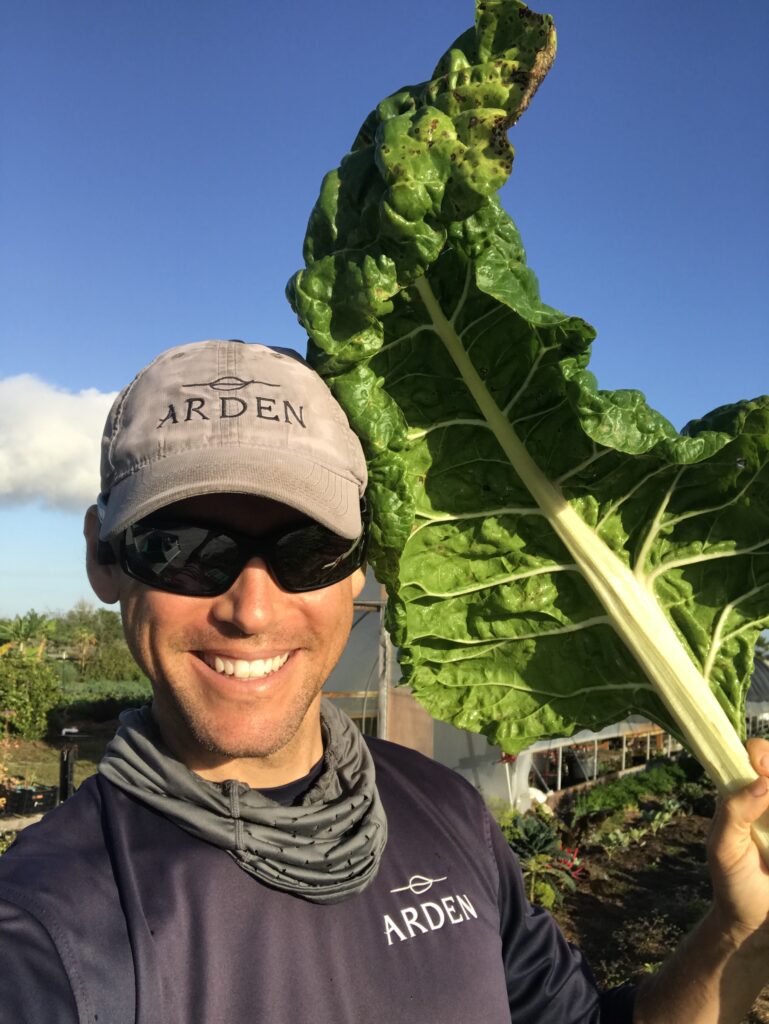By Carmen and Tripp Eldridge
Four Ways to Make Your Fresh Produce Last Longer
When it comes to fresh produce, everything is a ticking clock. The quality and nutritional value of the produce we purchase at the store has a shelf life once we bring it home. Research shows that American households throw away 150,000 tons of food every day. And unfortunately, many of us whose diets are rich in fruit and vegetables are often the most wasteful due to our food’s shorter shelf life.
Knowing how to preserve your produce will save you money and nutrients in the long run, so here are just a few tips for slowing down the clock.

Cool or Cold?
The refrigerator is probably the most common place to store your produce, and for many fruits, veggies, and herbs, it’s the perfect place to do so. Keep berries and lettuces in your refrigerator while they’re still fresh (for about a week).
There are several veggies that you can leave out of the cold though. Ripe tomatoes are best stored on your kitchen counter, stem-side down. Garlic, onions, potatoes, squash, and shallots survive best in the dark, so find a cool place in your pantry for those.
The freezer is also a great way to greatly extend the shelf life of your produce while keeping most of the nutrients intact. Most vegetables can last for up to 12 weeks in the freezer and you won’t have to worry about losing color or flavor. If your produce has been in the fridge for about a week, consider moving it to the freezer for longer-lasting ingredients.
Don’t Wash Just Yet
When you first bring your groceries home from the store, your first instinct is probably to wash your produce before you put it in the fridge. But for most fruits and vegetables, washing can speed up the formation of mold, which would cause them to spoil. Washing also removes the outer layer of fruits and berries, which can quicken the ripening process. So, if you’re not planning on eating it that same day, it’s best to postpone the washing of your produce until you’re ready to consume it.
Make Room for Everything
It may surprise you, but not all fruits and vegetables get along in the fridge. The closer you store your fruits and vegetables to one another, the faster they will spoil. You can avoid this by separating fruits from vegetables in different drawers of your fridge and not overpacking those drawers. Get rid of any twist-ties and rubber bands, lose the vacuum-sealed bags and let your produce breathe, which will help keep it fresh longer.
When In Doubt, Pickle It!
Cucumbers might be the first thing you think of when you think of pickling, but the flavors of many fruits and vegetables can be enhanced with a little vinegar or brine and some time. Whether it’s onions, cucumbers, cauliflower or apples, pickling will increase the shelf life on your chosen produce.
When taking this route, always follow a recipe. Even though pickling is a great way to preserve your produce, things can still go wrong. Most quick pickling liquids use four basic ingredients: vinegar, water, salt, and sugar, and you can add other herbs and spices to fit the flavor profile you’re looking for. Home pickling is somewhat of a dying art, but if you feel up for it, it can be a fun experience. Plus, you’ll get the satisfaction of sharing your pickled fruit or vegetable with friends and saying, ‘Yeah, I made this.’
As you can see, storing produce correctly is not that difficult, but it’s very rewarding. By taking some time to learn best storing practices for your go-to fruits and vegetables, you’ll be able to not only lower your personal waste level but also save money on your weekly grocery bills!

